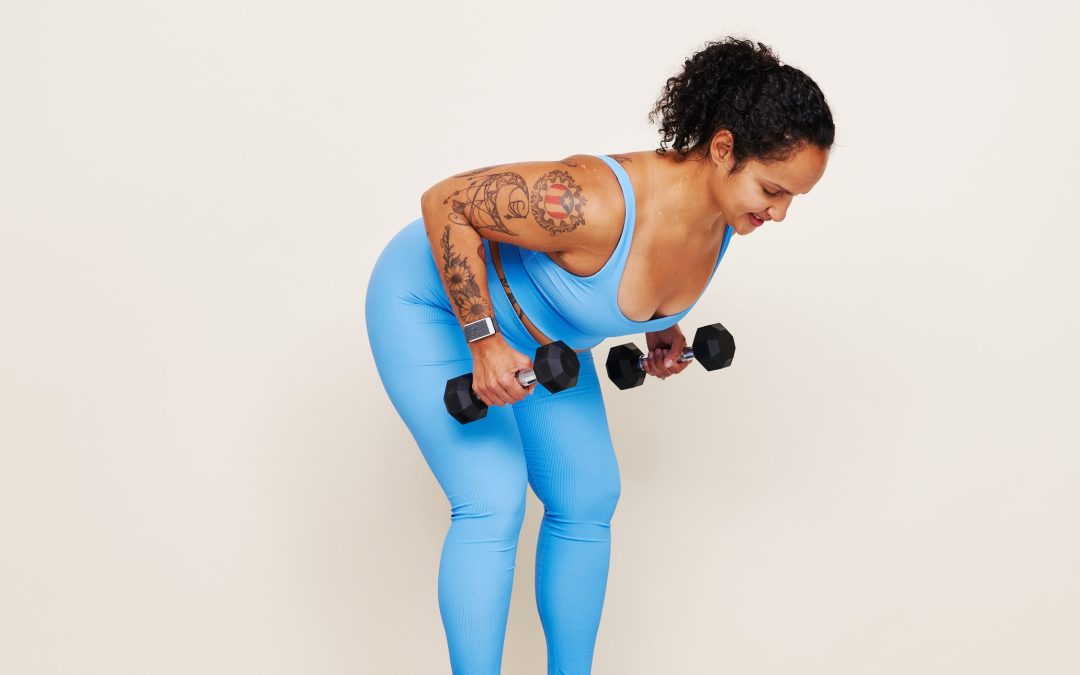If you want to move through life as efficiently and safely as possibly, building balanced strength is key—and we have a full-body dumbbell workout that will help get the job done.
“It’s important to do strength-based workouts to help prevent injury and to train the muscle fibers to repeatedly work at higher load,” certified personal trainer Francine Delgado-Lugo, CPT, movement and strength coach and cofounder of Form Fitness Brooklyn, tells SELF.
The most functional, balanced strength workouts include movement in multiple planes of motion as well as both unilateral and bilateral exercises.
First off, most of us spend a lot of time in the sagittal plane—which involves front-to-back motion like lunges, step-ups, and presses—and neglect the two other planes of motion, the frontal plane (side-to-side moves) and transverse plane (diagonal or rotational moves). But life happens in all three planes, whether you’re quickly cutting to the side to dodge an obstacle in your path, or lunging diagonally to wrangle a child. By incorporating multiple planes of motion into your routine, your body will be better prepared to move safely and effectively in pretty much every scenario.
As for the importance of strength work that includes unilateral exercises (those where just one side of your body is doing most of the work, like lunges and single-arm rows) and bilateral exercises (those where both sides are contributing, like squats and overhead presses)? Again, it’s just a super functional way to train, since you encounter both types of moves in daily life. For instance, when you’re sitting in a chair, you use both legs and hips to lift and lower yourself. But when you’re climbing steps, you use one leg at a time to push up onto the next step, says Delgado-Lugo.
“In order to be stronger and fitter in those movements, we train similar movements in the gym,” she explains.
Unilateral work in particular can also help you identify, and ultimately correct, strength and mobility imbalances that exist side to side. “We all have these tendencies to just rely on one side of our body,” says Delgado-Lugo. “And so by training unilaterally, that gives us a chance to address some of the weaknesses on the sides of our bodies that we don’t use as often.” By addressing these imbalances, you can boost your overall strength while reducing your risk of injury.
The workout below, which Delgado-Lugo created for SELF, includes movement in multiple planes of direction (mostly the transverse and sagittal planes) as well as a mix of bilateral and unilateral functional exercises. It’s a full-body routine with some compound exercises that engage multiple muscle groups, including your shoulders, chest, back, core, quads, hamstrings, and glutes.
This is a traditional strength workout where you use heavy-for-you weights (in this case, in the form of dumbbells) and do fewer reps with longer rest periods. Since the focus of this workout is strength, not speed, really take your time and make sure you’re doing slow, controlled movements, says Delgado-Lugo. See if you can feel your muscles lengthening and contracting as you perform the reps.

